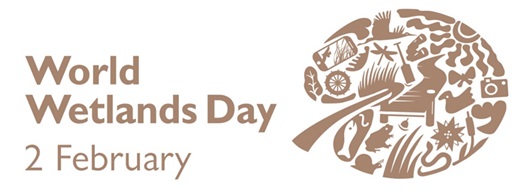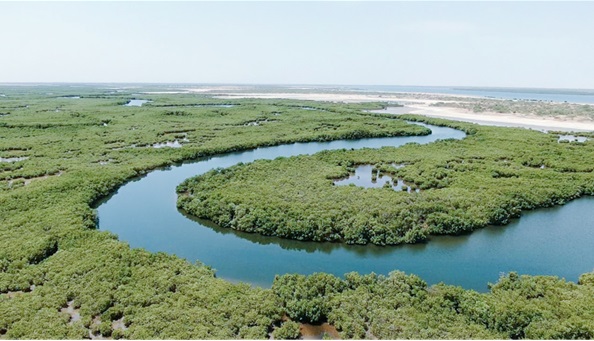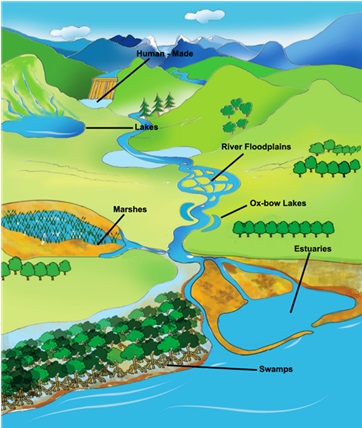Why in the news?

- World Wetlands Day is celebrated every year on 2 February.
- The main objective of this day is to explain the importance of wetlands and raise awareness towards their conservation.
- World Wetlands Day was first celebrated in the year 1997.
- Wetlands play an important role in maintaining environmental balance, dealing with climate change and protecting biodiversity.
- Theme of World Wetlands Day 2025: Protecting Wetlands for our Common Future
What is the Ramsar Convention?
- It is an international agreement for the conservation of global wetlands.
- It was adopted on 2 February 1971 in a conference held at Ramsar, Iran, located on the coast of the Caspian Sea.
- It came into force in India on 1 February 1982.
Montreux Record:
- The Montreux Record is a list of wetland sites that are of international importance and whose ecology has changed, is changing, or is likely to change as a result of technological development, pollution or other human intervention.
- It is included as part of the Ramsar List.
- India's Loktak Lake and Keoladeo National Park are included in the Montreux Record
- Odisha's Chilika Lake was also included in the Montreux Record in the year 1993
- It was removed from the record in the year 2002.
What is a wetland?

- Land rich in water is called wetland. According to the Ramsar Convention, any significant area where waterlogging occurs for about eight months in a year is called a wetland.
- These areas are rich in biodiversity.
- It is divided into 19 categories in India, including mangroves, swamps, rivers, lakes, deltas, floodplains and flood forests.
Different types of wetlands

- Wetlands occur in many forms, including rivers, swamps, marshes, mangroves, mudflats, ponds, swamps, billabongs, lagoons, lakes and floodplains.
- Most large wetland areas often include a combination of different types of freshwater systems.
What are Ramsar sites?
- Ramsar site is a wetland.
- It is designated for international importance under the Ramsar Convention.
Ramsar sites in India:
89 Ramsar sites have been identified in India, the major ones among them are:-
- Chilika Lake (Odisha) – Asia’s largest saltwater lake
- Loktak Lake (Manipur) – World’s only floating lake
- Keoladeo National Park (Rajasthan) – Famous bird sanctuary
- Sudarshanakhali (West Bengal) – Part of Sundarbans
- Point Calimere (Tamil Nadu) – Marine wetland
|
Tamil Nadu is the state with the highest number of such Ramsar sites (20) in India.
|



